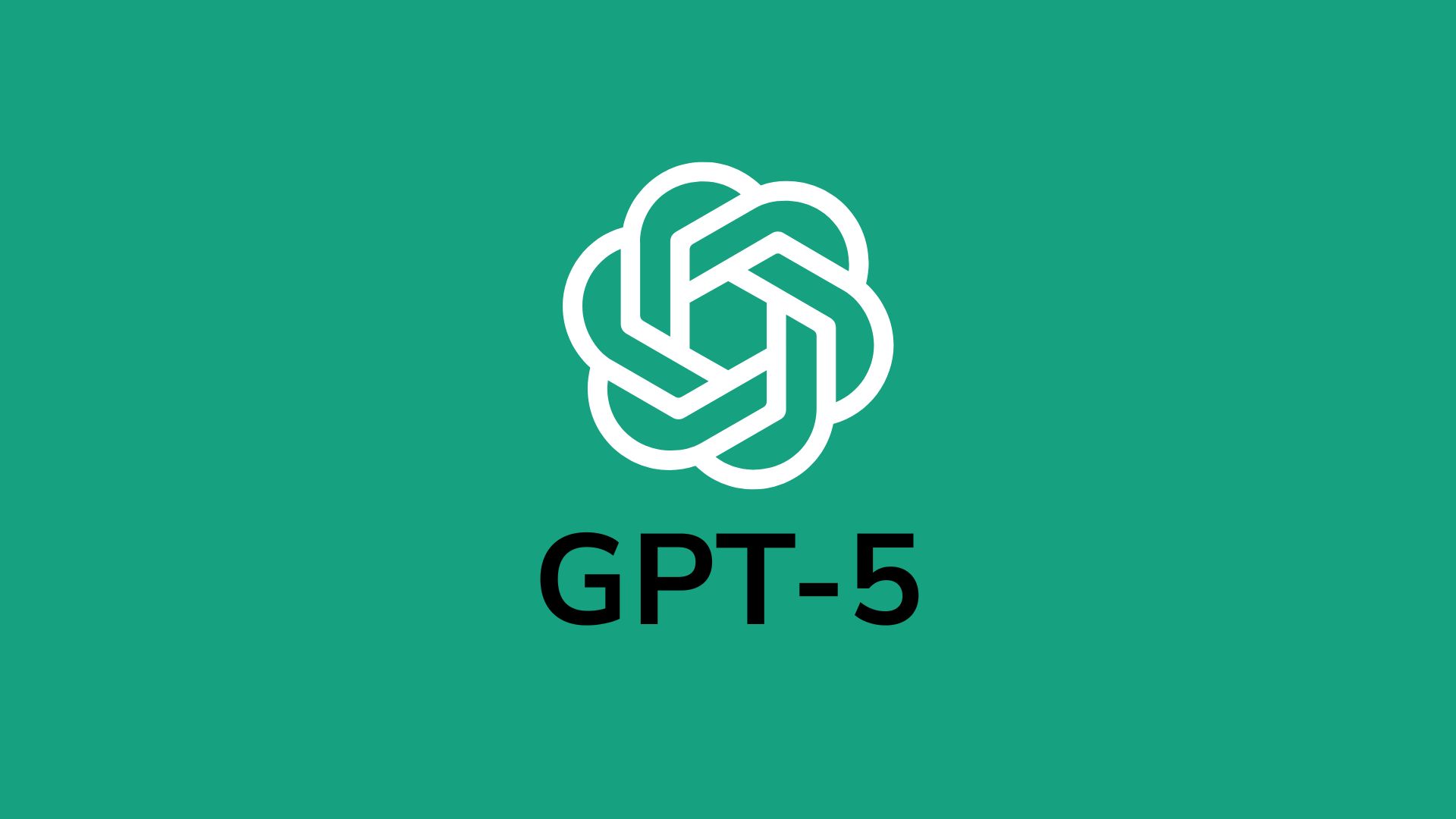A small Japanese political party has announced plans to install an AI system as its leader following its founder’s resignation.
The Path to Rebirth party was created in January by Shinji Ishimaru, a former mayor who rose to prominence after placing second in the 2024 Tokyo gubernatorial election. He stepped down after the party failed to secure seats in this year’s upper house elections.
The AI would oversee internal decisions such as distributing resources, but would not dictate members’ political activities. Okumura, who won a contest to succeed Ishimaru, will act as the nominal leader while supporting the development of the AI.
Despite attracting media attention, the party has faced heavy electoral defeats, with all 42 of its candidates losing in the June Tokyo assembly election and all 10 of its upper house candidates defeated in July.
Would you like to learn more about AI, tech and digital diplomacy? If so, ask our Diplo chatbot!










